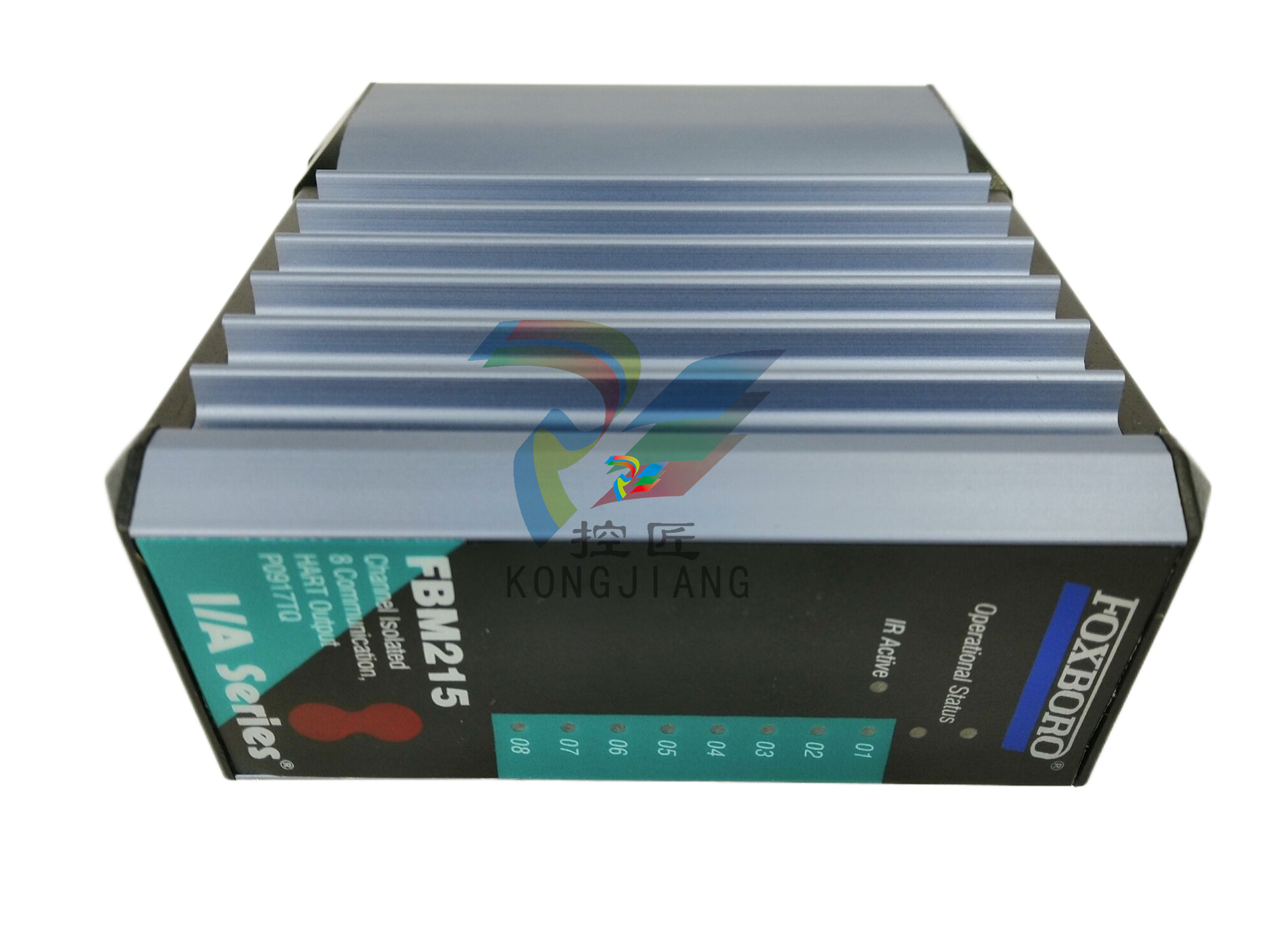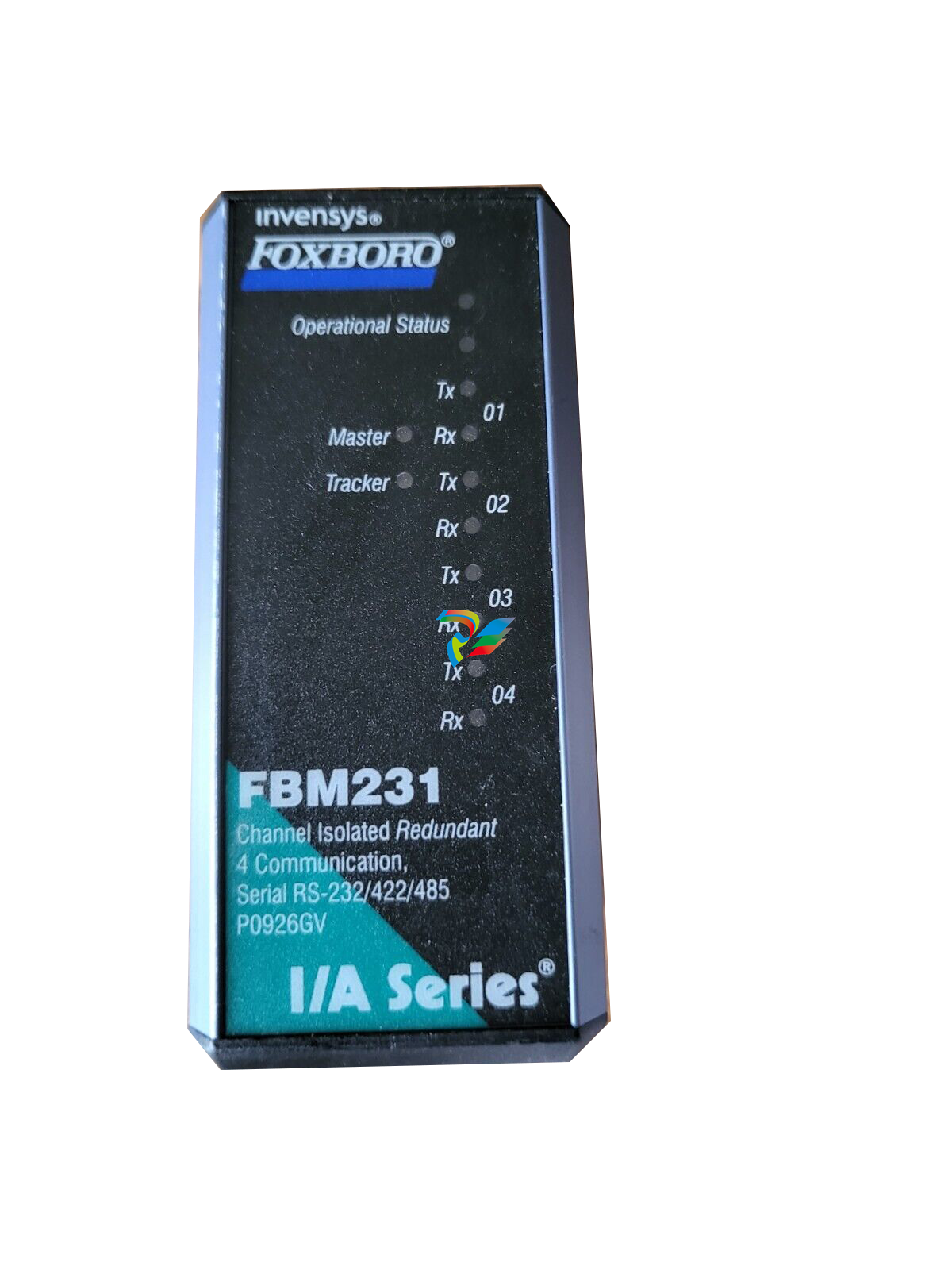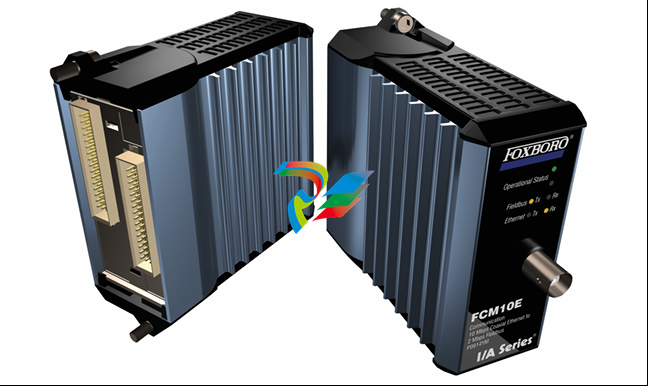
DCS; Industrial control system
Product
Article
NameDescriptionContent
NEW CENTER
Current Location:
The Rise of Automated Industry: Shaping the Future of Manufacturing
From:
|
Author:huang
|
Time :2024-11-06
|
360 Browse:
|
Share:
Automated industry is revolutionizing the manufacturing landscape. In today's fast-paced world, the concept of automated industry has gained significant traction. Automated manufacturing involves the use of machines to perform tasks that were once done by human workers. This shift towards automation is driven by several factors.
One of the key drivers is the need for increased efficiency and productivity. Automated factories can operate 24/7 without the need for breaks or rest, resulting in higher output. For example, the equipment made on highly automated production lines can produce a large number of products in a short period of time. The factory is now fully automated, and the entire manufacturing process has been streamlined.
Another important aspect is the improvement in quality control. Machines can perform tasks with a high degree of precision, reducing the likelihood of errors. Automated optical inspection systems, for instance, can detect defects that might be missed by human eyes. This leads to a higher quality end product.
The automated industry also offers cost savings in the long run. While the initial investment in automated machinery can be significant, it reduces the need for a large workforce, resulting in lower labor costs. Moreover, automated systems can optimize the use of resources, reducing waste and increasing efficiency.
In addition to traditional manufacturing sectors, the automated industry is also making inroads into new areas. Perhaps we will be seeing Kyoto's first automated kaiseki (Japanese haute cuisine) restaurant in the near future. This shows the versatility and potential of automation.
As the automated industry continues to grow, it is likely to have a profound impact on the global economy. It will create new job opportunities in areas such as programming, maintenance, and engineering. At the same time, it will require workers to upskill and adapt to the changing technological landscape.
In conclusion, the automated industry represents a new era in manufacturing. With its many advantages, it is set to transform the way we produce goods and services.
二、Driving Forces behind Automated Industry Growth
(一)Technological Advancements
Technological advancements play a crucial role in fueling the growth of the automated industry. Robotics has made significant progress in recent years, with more advanced and precise machines being developed. These robots can perform complex tasks with high speed and accuracy, greatly enhancing production efficiency. For instance, in the automotive industry, robotic arms are used for assembling cars, reducing production time and increasing quality.
Artificial intelligence is another key driver. AI-powered systems can analyze large amounts of data and make intelligent decisions, optimizing production processes. They can predict equipment failures and schedule maintenance in advance, minimizing downtime. Advanced software also contributes to automation. Software for process control and management can automate various tasks, from inventory management to quality control.
(二)Market Demands
Increasing market demands for efficiency, quality, and customization are pushing manufacturers to embrace automation. In today's competitive market, customers expect products to be delivered quickly and of high quality. Automation allows manufacturers to meet these demands by increasing production speed and ensuring consistent quality. For example, in the electronics industry, automated production lines can produce complex electronic devices with high precision, meeting the strict quality standards of the market.
Customization is also a growing trend. Automated systems can be easily programmed to produce customized products, meeting the diverse needs of customers. This gives manufacturers a competitive edge in the market.
(三)Cost Reduction and Efficiency Gains
Automation leads to significant cost reduction and efficiency gains. By reducing the need for a large workforce, manufacturers can lower labor costs. For example, a fully automated factory may require only a few technicians for maintenance and programming, compared to a traditional factory that employs a large number of workers.
Moreover, automation increases operational efficiency. Machines can work continuously without breaks, reducing production time. Automated systems can also optimize the use of resources, such as energy and materials, reducing waste and costs. For instance, automated energy management systems can adjust energy consumption based on production needs, saving energy and reducing costs.
三、Challenges and Solutions in Automated Industry
(一)Skill Gap
The automated industry faces a significant challenge in the shortage of skilled workers. As technology advances, there is an increasing need for individuals who can operate and maintain automated systems. Skilled workers are a significant force to shore up the automated industry. For example, technicians who understand robotics, artificial intelligence, and software programming are in high demand. However, the current workforce may not possess the necessary skills to handle these advanced technologies.













































.jpg)
.jpg)
.jpg)





.jpg)



.png)
.jpg)

.jpg)
_lVjBYb.jpg)

.jpg)
.jpg)



.jpg)
.jpg)







.jpg)

.jpg)
.jpg)











.jpg)




.jpg)
.jpg)
.jpg)
.jpg)
.jpg)
.jpg)
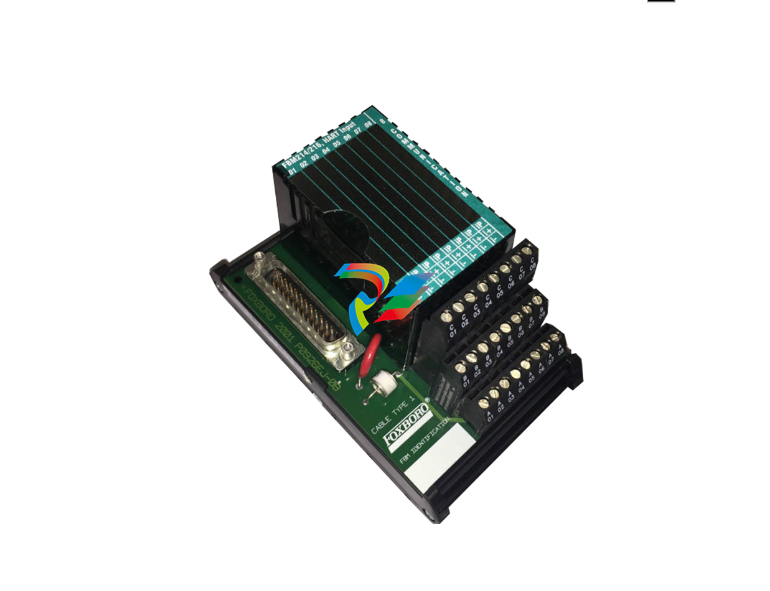
.jpg)
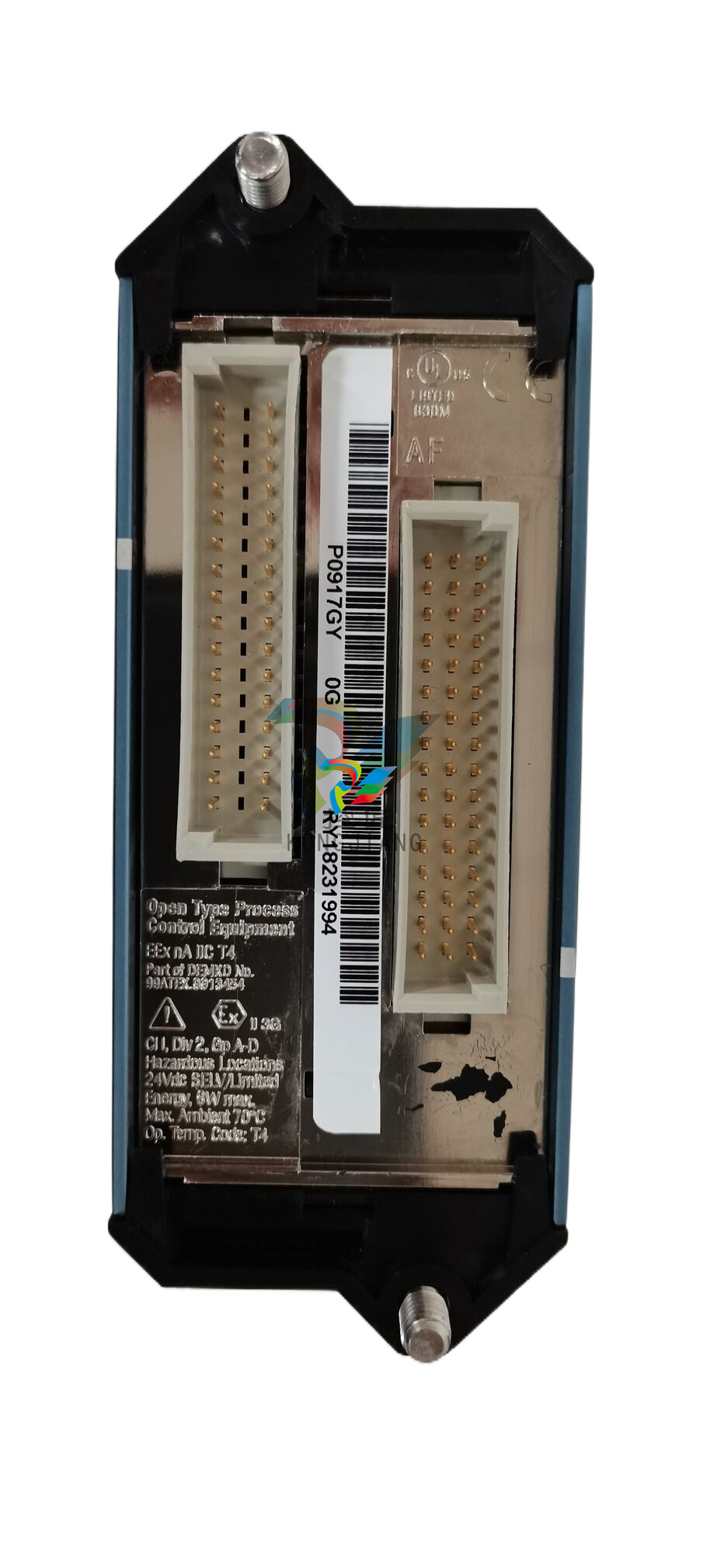
.jpg)
.jpg)
.jpg)
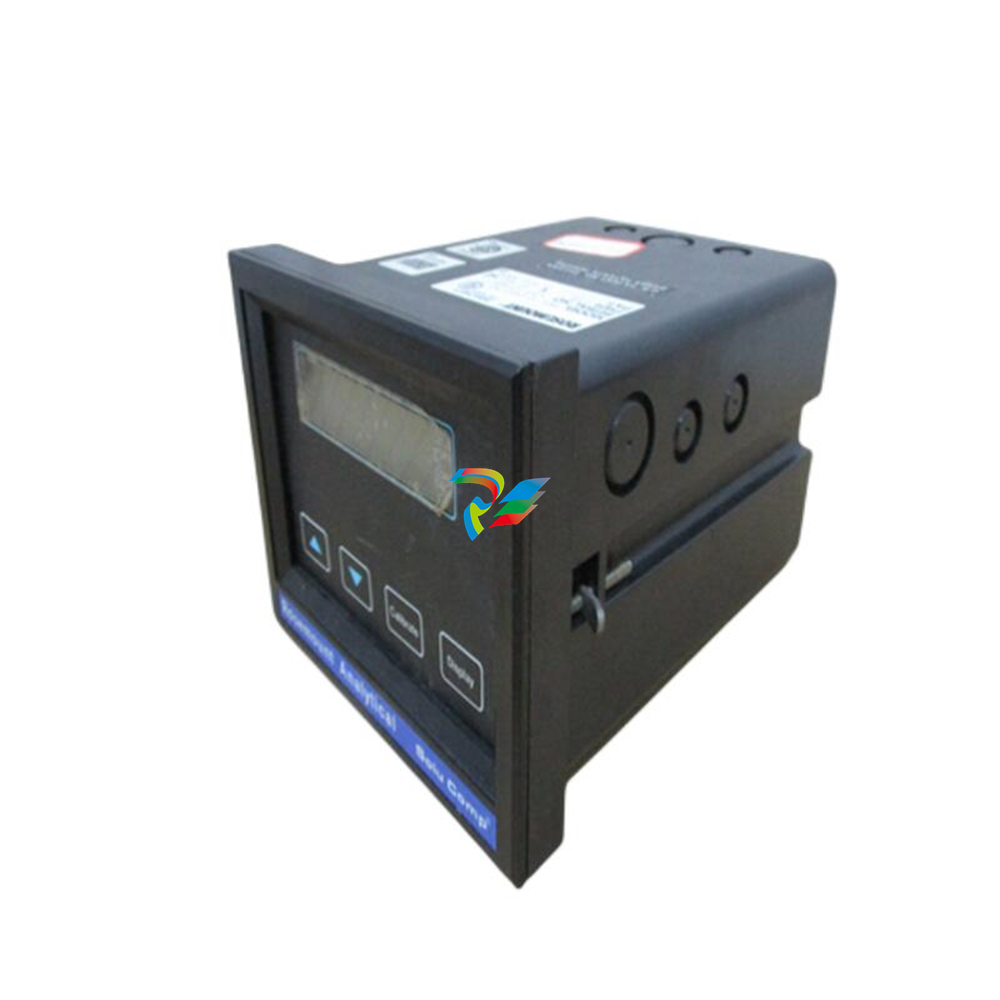
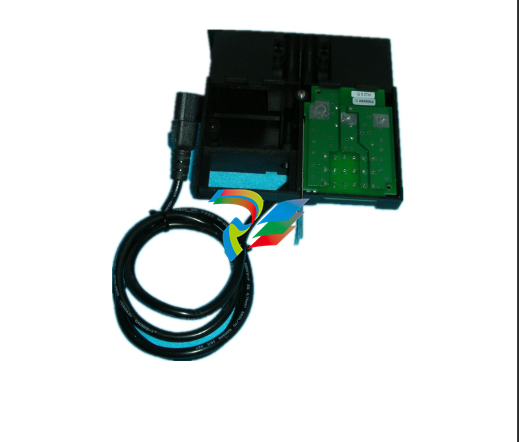
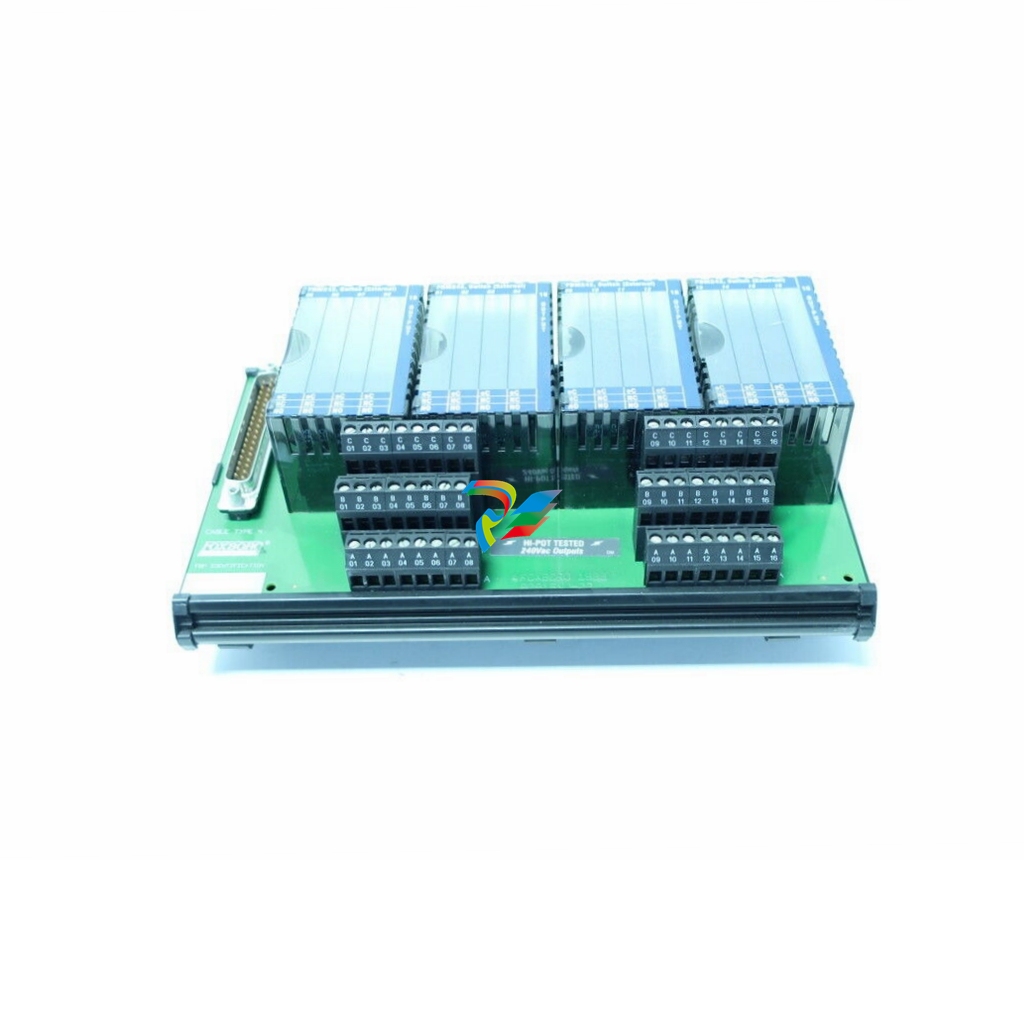
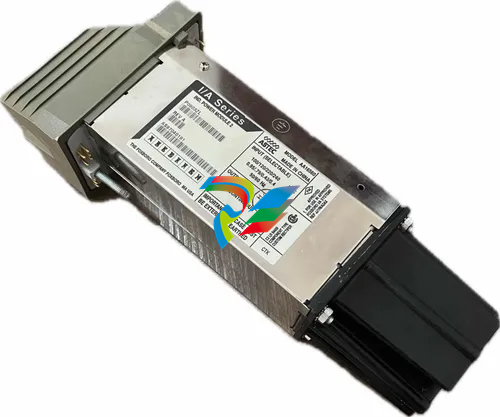
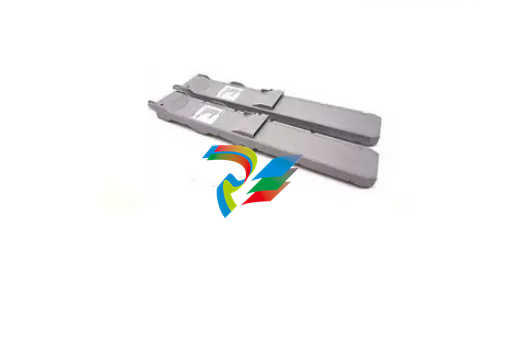
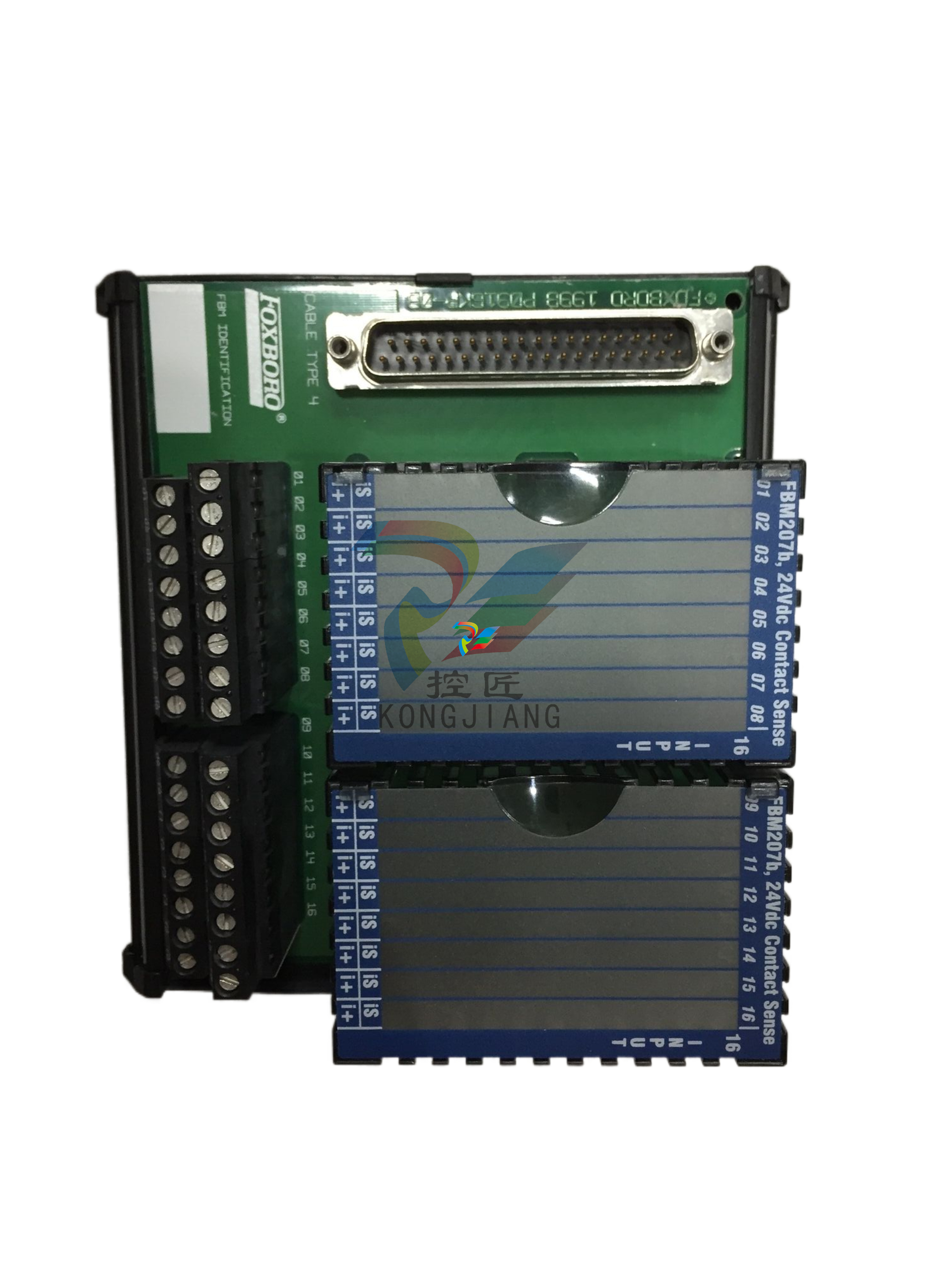
.jpg)
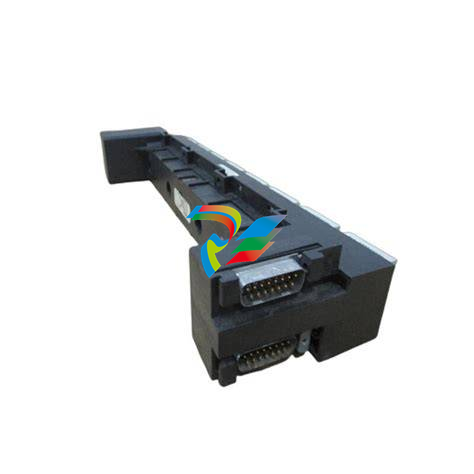
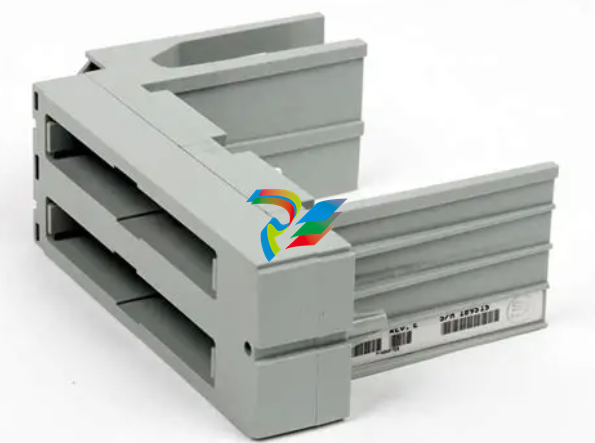
.jpg)
